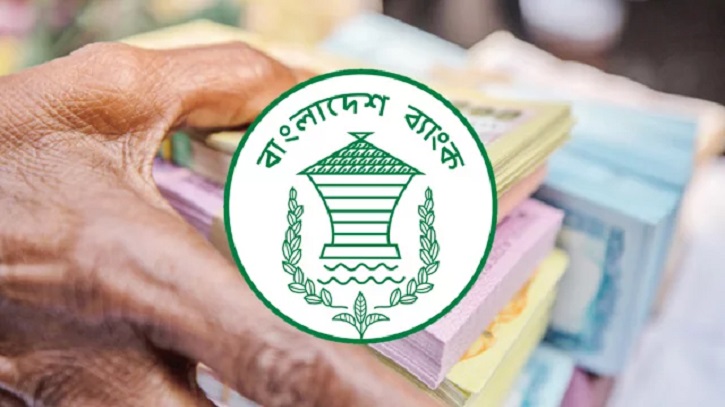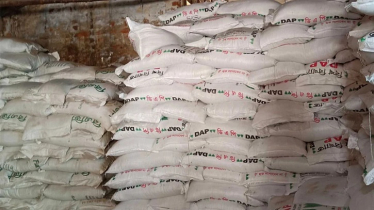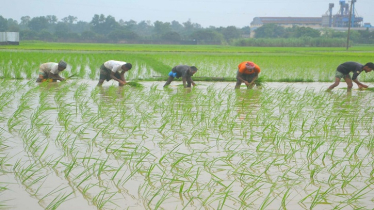
Bangladesh Bank has opened new opportunities for farmers by including several additional crops under its agricultural loan program for the first time in the 2025–26 fiscal year. The updated Agricultural and Rural Credit Policy now covers cucumber, taro stems, jackfruit, beetroot, black cumin, sack-grown ginger, garlic, turmeric, and date molasses production.
The new policy and program were formally announced on Tuesday by Bangladesh Bank Governor Dr. Ahsan H. Mansur, in the presence of the director of the Agricultural Credit Department and chief executives of various commercial banks. The central bank stated that providing loans for these crops will boost farmers’ incomes, create employment in the agricultural sector, and open up export opportunities while reducing import dependence through enhanced domestic production.
Governor Mansur stressed that stabilizing commodity prices requires increased support for farmers, particularly by making credit more accessible, as many have no access to bank loans. He expressed concerns over whether agricultural loans are reaching genuine farmers and emphasized stronger monitoring to prevent loan distribution through intermediaries.
Calling for more ambitious loan targets, Mansur noted that aiming high and expanding loan disbursement is more effective than meeting modest goals. He urged banks to encourage small-scale farmers to engage in contract farming for mutual benefit, while recognizing that they often face disadvantages when competing with larger entrepreneurs. He suggested that banks collaborate with microfinance institutions if necessary to expand loan coverage and effectiveness.
For the current fiscal year, commercial banks have allocated Tk 390 billion for agricultural loans, up 2.63 percent from last year’s Tk 380 billion target, which was not fully achieved. The central bank expects the expanded crop coverage to enhance production, rural employment, and the overall effectiveness of agricultural financing.





